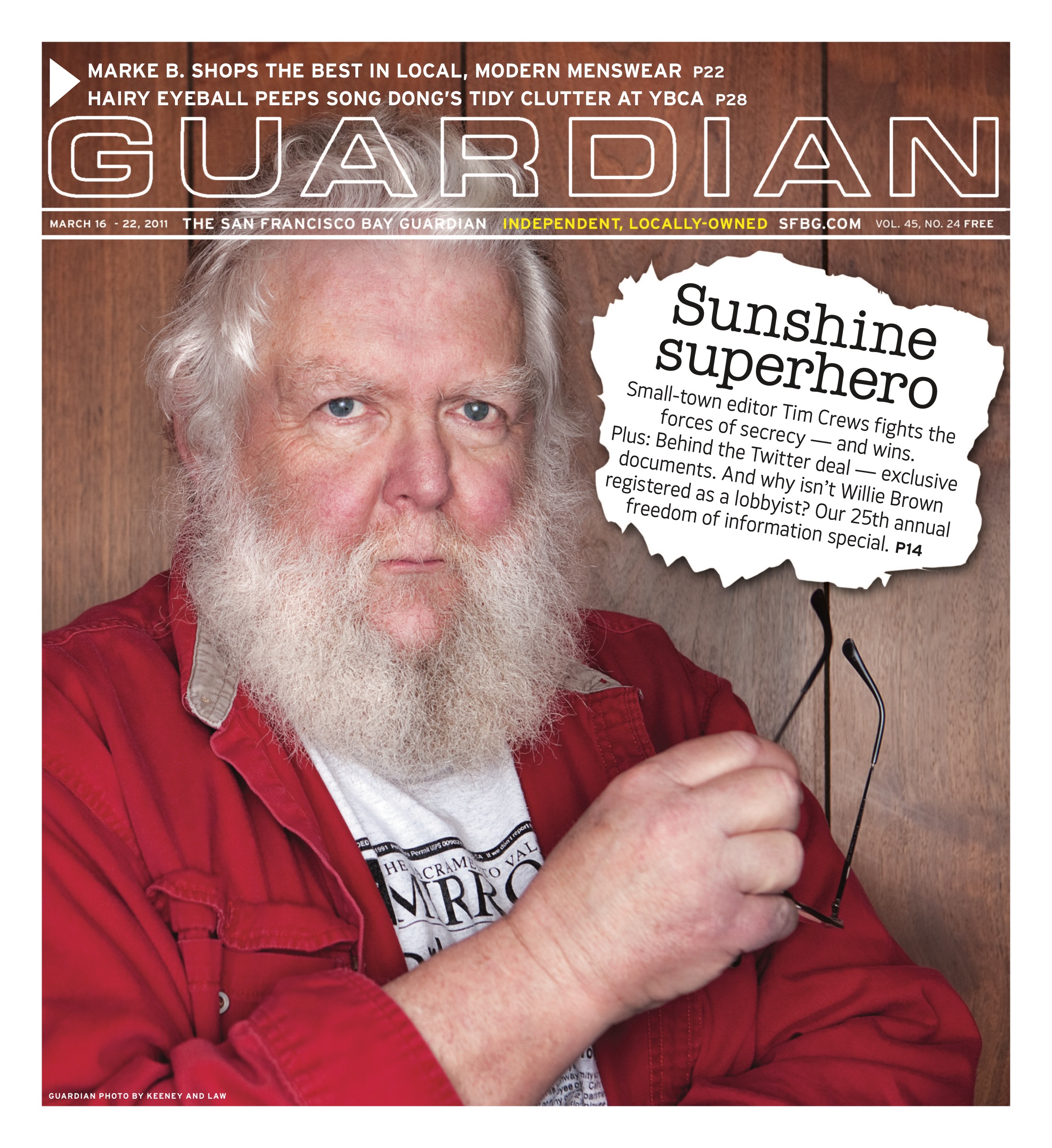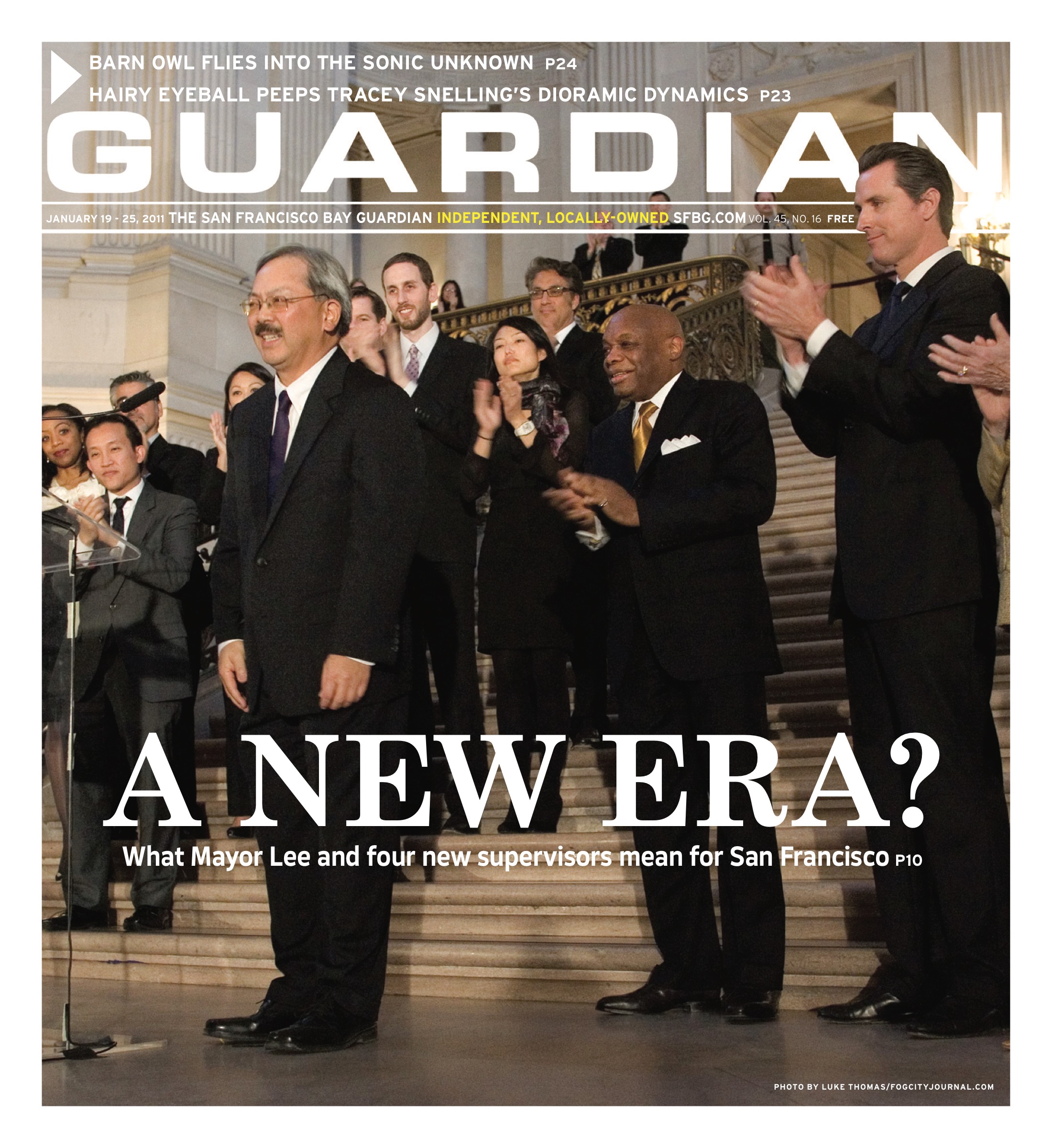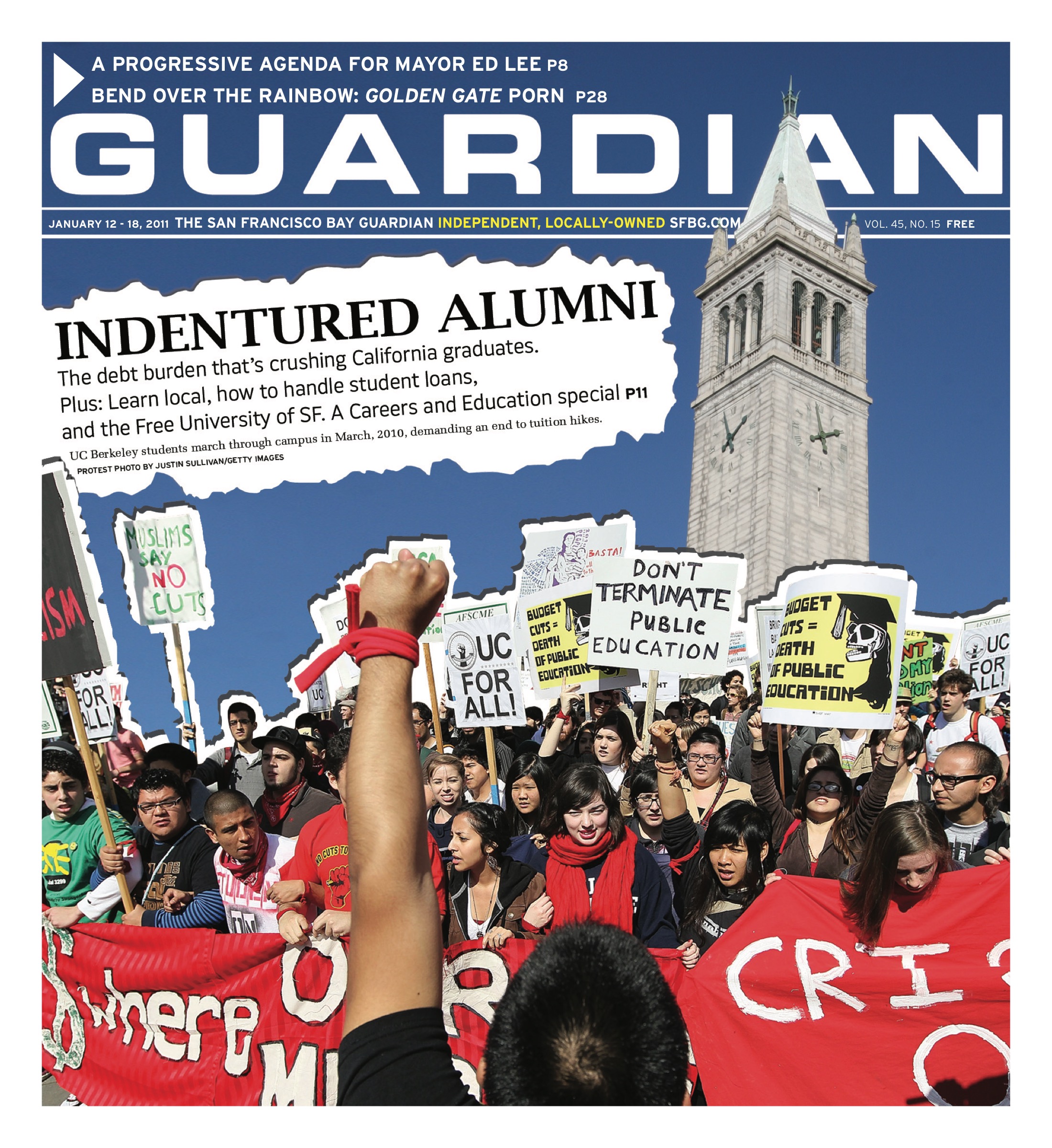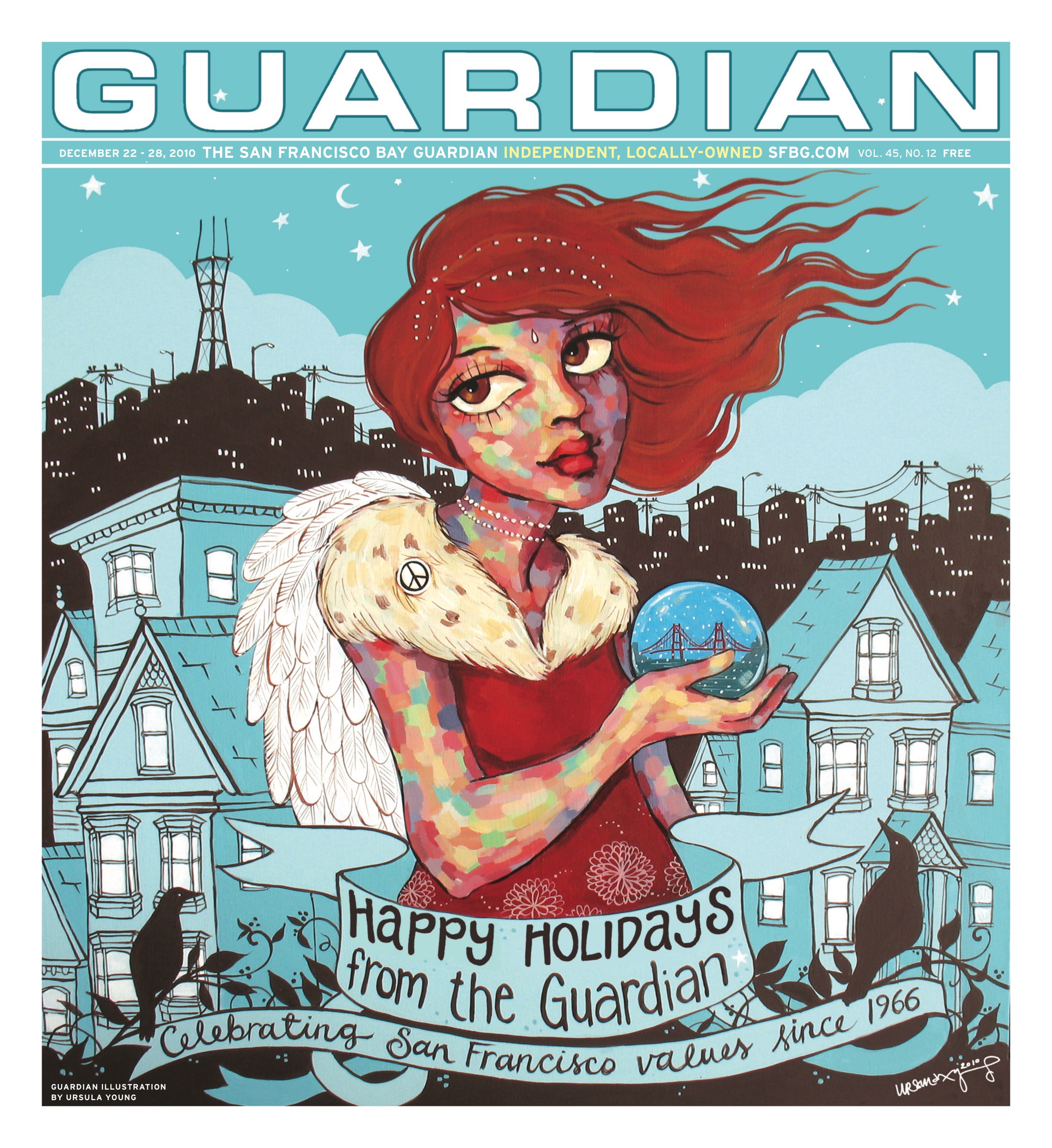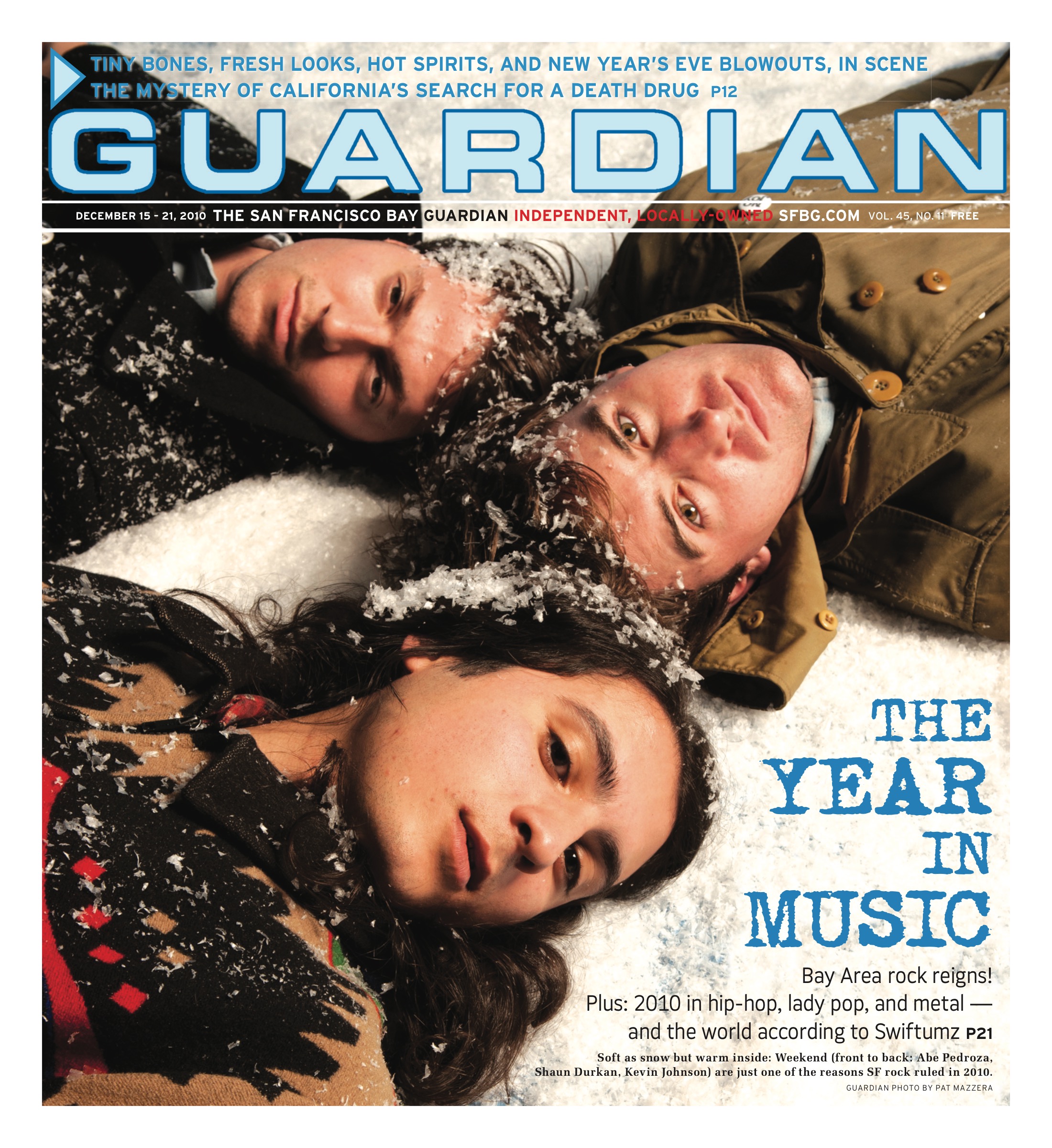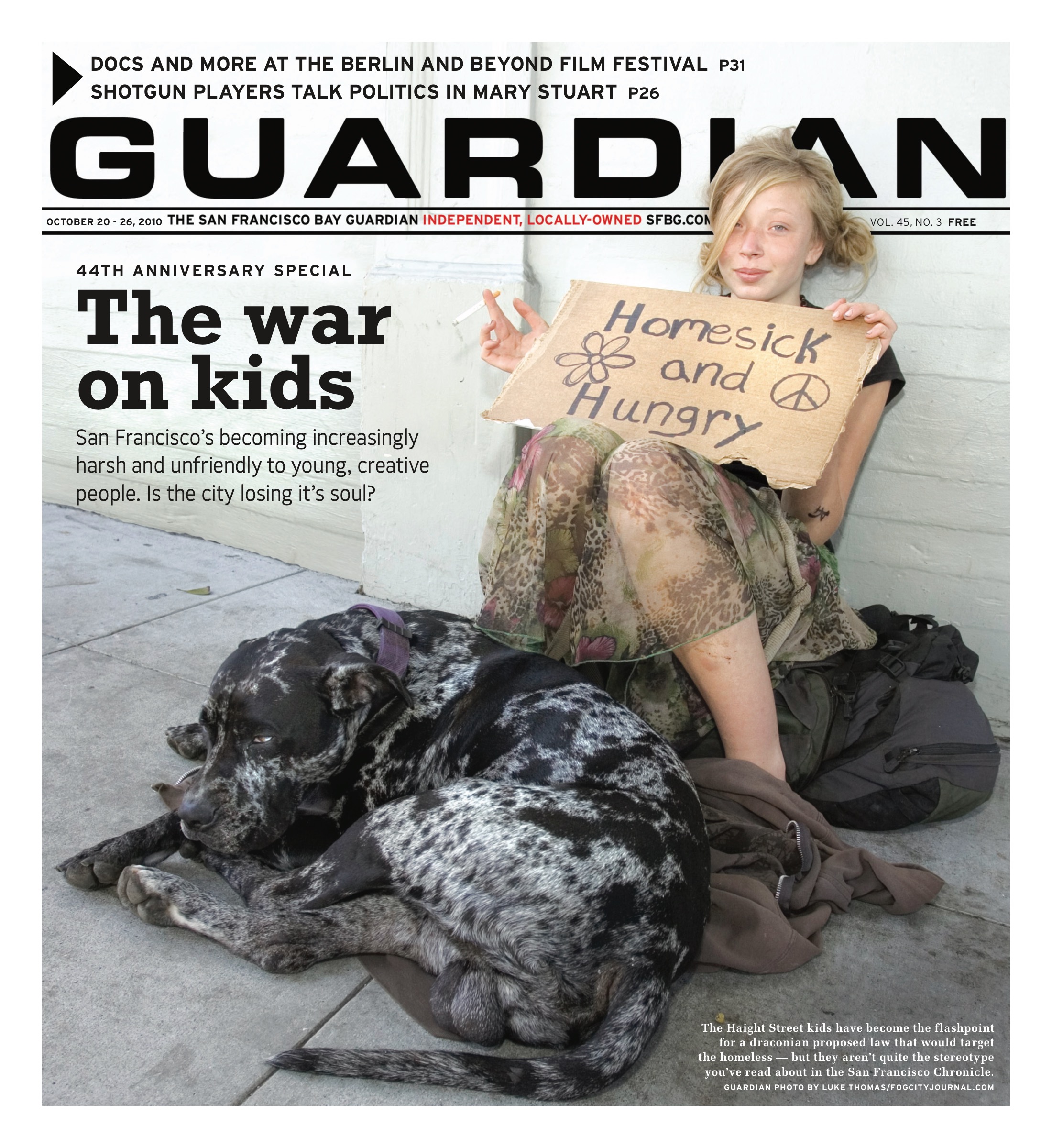paulr@sfbg.com
DINE What is the difference between Frances, Melissa Perello’s wonderful, 15-month-old restaurant in the Castro, and Palencia, whose place it took? The interior design? This seems to have changed little, if at all. Frances’ food is different, of course, an expertly sown patchwork quilt of influences and ingredients, whereas Palencia had given a stylish bistro treatment to the underrepresented and, to me, underappreciated foods of the Philippines.
But the most obvious difference is that Frances exists — and is packed — while Palencia is no more, and this has to do, I believe, with Perello herself. She brought her star power to a faceless block of 17th Street, and in so doing, she managed to put this handsome little space on the map. People had heard her name and the gilded words associated with it — Fifth Floor, Ron Siegel, Michael Mina, Charles Nob Hill — and this reputation has been enough, apparently, to induce patrons to seek a restaurant where they wouldn’t necessarily expect to find one, on a residential, tree-lined stretch of pavement far from other restaurants and, for that matter, other businesses.
When you step into Frances, from the lonely street into the lively dining room, long and narrow with lots of wood and cream tones, you have stepped from black to white, chilly to warm, and you are reminded of how commercial establishments tend to huddle together. It’s unusual to find a business isolated in this way; it’s like a secret, a great private party no one knows about, except that everyone seems to know about it. Thankfully, they’ve left their stretch limos at home.
If good things come in threes, then Frances completes a trifecta that also includes Firefly (opened 1993) and Delfina (1998). Three of the best restaurants in the city are neighborhood spots within walking distance of one another. They’re also run by pedigreed chefs who’ve chosen (wisely) to invest themselves in ventures of a manageable, human scale, where details small and large can be controlled and the restaurant can actually be what the chef means it to be.
But our trifecta is more of an isosceles triangle, because — at least food-wise — Frances is nearer Firefly than Delfina: a wonderful Californian arabesque of this and that, with a deep root in a rustic Franco-Italian tradition. The menu shows few to no Asian influences, and it also suggests that Perello loves smoky, earthy effects, as in the beignets ($6.50), crisp doughnut balls flavored with applewood-smoked bacon and easy to dip in maple crème fraiche, though they didn’t need to be dipped in anything.
Other whispers of smoke turned up in a soup ($10) of puréed white beans and roasted fennel root with caramelized garlic, shreds of Tuscan kale, and chunks of chicken confit, and in the ragout of toasted farro accompanying the grilled bavette steak ($25). As the steak aficionado put it, “the beef is fine” — a gorgeous rosy color that made up for its not-quite-tenderness, which we’d been advised of beforehand — “but this stuff is great!” Meaning the farro, enhanced by maitake mushrooms and baby fava microgreens; it was practically a meal in itself.
A proper seasonal menu for winter would naturally include mushrooms and citrus, and so we found black trumpet mushrooms contributing to a bowl of spugnole pasta ($13) along with long coins of cotechino sausage and plenty of pecorino cheese: a marvelous little quartet of tang and earth. Citrus, meanwhile, assumed the form of Meyer lemon, whose juice electrified a salad of lovingly tender grilled calamari ($6.50) on a bed of wild arugula, shaved fennel, and radish. It also appeared as bits of satsuma mandarin orange in a salad of little-gems spears ($12) laden with Dungeness crab meat and dressed with a tarragon vinaigrette.
The panisses ($6.50) were extraordinary, and only in part because you rarely find them offered. They are a slight pain to make, but Frances’ were beautifully formed and expertly fried to produce a good knobbly crust around a creamy interior. These, too, like the beignets, needed no dipping condiment, but the condiment presented with them, an aioli of calabrese peppers, was good enough (with a definite garlic-acid kick) to be taken straight up. This I did, discreetly I hope, with a spoon. And if the duck leg ($23), braised in red wine and served atop a medley of butter beans, escarole, and pitted Sicilian olives, seemed slightly less extraordinary — less smokin’ — that was only because there was more of it.
FRANCES
Dinner: Sun., Tues.–Thurs., 5–10 p.m.;
Fri.–Sat., 5–10:30 p.m.
3870 17th St., SF
(415) 621-3870
Wine and beer
AE/MC/V
Moderately noisy
Wheelchair accessible

